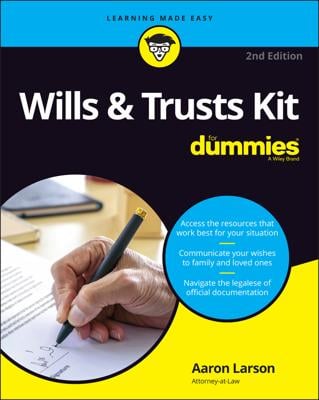Many trusts contain age provisions that distribute trust income and/or principal to the trust’s beneficiaries only when they reach certain ages. The administrator of an estate must honor the specific provisions made by the grantor when making trust distributions.
The typical practices for making age-restricted distributions differ depending on whether you are distributing trust income, making cash distributions of trust principal, or dividing the trust’s other assets, like real estate or marketable securities.
Income required and principal distributions are the most common ways of making age-specific trust distributions:
Income required: Trusts usually don’t begin mandating distributions of income to the beneficiary until he or she reaches a certain age. On occasion, distributions may begin as young as age 18. More frequently, they start at age 21 or even age 25. Rarely the grantor (the person who creates a trust) may delay the start of mandatory income distributions as late as age 30.
Principal distributions: Sometimes, money is held in trust for a beneficiary whom the grantor may not feel is mature enough to handle large sums at the time the trust is created. Therefore, the principal distributes to that beneficiary as he or she attains certain ages. Distribution ages may start as early as age 21, but age 25 or 30 is far more common.
Principal is commonly distributed in shares at five-year intervals, so that a beneficiary would receive, for example, one-third of the principal value at age 25, one-half of the remaining value at age 30, and the balance of the trust principal at age 35. These distributions come in two varieties:
Cash: A cash distribution is by far the easiest type of distribution to make because all you need to do is calculate the amount of the distribution required and then write a check.
Division of assets: If the trust has more than one beneficiary entitled to a share of the principal assets, you may have to distribute assets rather than cash, especially when the trust terminates. Be certain that each beneficiary gets an equally valued share of the fair market value on the date of termination.
In the case of marketable securities (or those assets which can be bought and sold on the major stock, bond, or commodities exchanges), obtain market values on that date and divvy up the assets accordingly. With privately held assets, like businesses and real estate, you need to obtain independent appraisals before making distributions.

